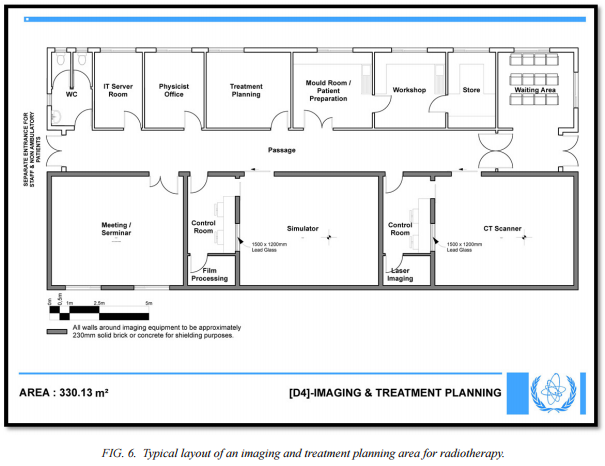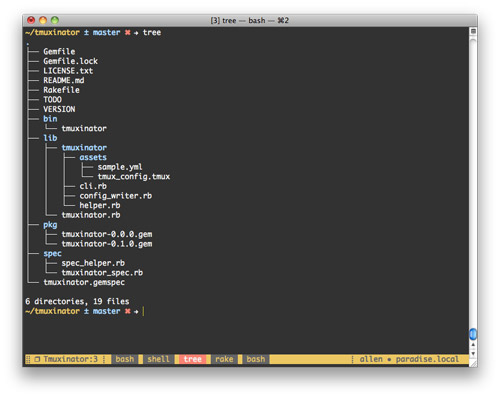

spacemacs file under dotspacemacs/user-config* section. You can define these custom layouts inside your*.
Tmuxinator layout options how to#
We will see each one in detail and also learn how to create each type of layout in SpacemacsĬustom layouts in Spacemacs can be defined using the macro spacemacs|define-custom-layout, they are accessible via SPC l o. Workspaces are sub-layouts, they allow to define multiple layouts into a given layout, those layouts share the same buffer as the parent layout.Ī number of preset layouts are available in tmux. It waits for a command to finish before launching the next. tmux executes any command as if you typed it. There is many hooks to run commands at certain moments of the tmux run: when a project start, when it stops, etc.

Tmuxinator layout options windows#
Spacemacs provides some facilities to create meaningful sets of buffers, for instance the buffers related to a projectile project. In this file, we specify how many windows and panes we want and their layouts. The list of buffers can be an arbitrarily chosen set of buffers. Layouts are window configurations with buffer isolation, each layout can define several workspaces (think of them as sub-layouts) sharing the same list of buffers as their parent layout.Ī layout is a window configuration associated with a list of buffers. Each frame contains at least one window the user can subdivide it into multiple, non-overlapping windows to view several buffers at once.Įach window displayed by tmux may be split into one or more panes each pane takes up a certain area of the display and is a separate terminal. It is the kind of object called a “window” in the terminology of graphical environments but we can't call it a “window” here, because Emacs uses that word in a different way.Ī frame initially contains a single main window and/or a minibuffer window you can subdivide the main window vertically or horizontally into smaller windows.Ī window is an area of the screen that is used to display a buffer.

This allows you to have multiple views on the same buffer or file, or even view multiple buffers side-by-side or in any arrangement you prefer.Ī frame is a screen object that contains one or more Emacs windows. Vim provides multiple ways to organize your work, one of them being the ability to open multiple split windows within the same tab page of a given Vim instance. You can use multiple windows on one buffer, or several windows on different buffers. In addition, an empty buffer with no associated file can be created to allow the entry of text.Ī window is a viewport onto a buffer. In any other case the "right" way is to pass commands with split-window, respawn-pane or some similar tmux command.Ĭat /proc/cpuinfo | grep "MHz" | … is a useless use of cat.A buffer is the in-memory text of a file which is actually an area of Vim's memory used to hold text read from a file for editing. the command may set variables or source a script or you want to be able to interrupt watch and have it in the shell history. Running a shell command with send-keys like you do in your script makes sense if the command affects the shell it runs in and your goal is to work interactively in the shell prepared this way. Your shell commands ( watch) can work indefinitely, so you may not need such tricks. An alternative is the remain-on-exit option. It includes bash at the end, so the pane doesn't exit when the actual command ( echo) finishes. In the example script echo "step 0" bash is such shell command. Any(?) tmux command that creates a new shell inside tmux can run a shell command instead. In general do not use send-keys to run commands.



 0 kommentar(er)
0 kommentar(er)
